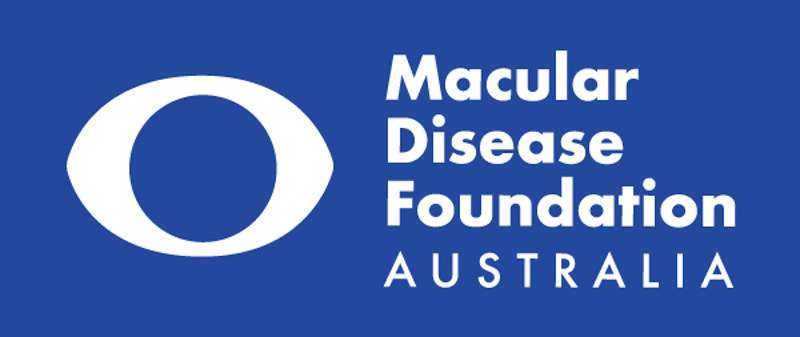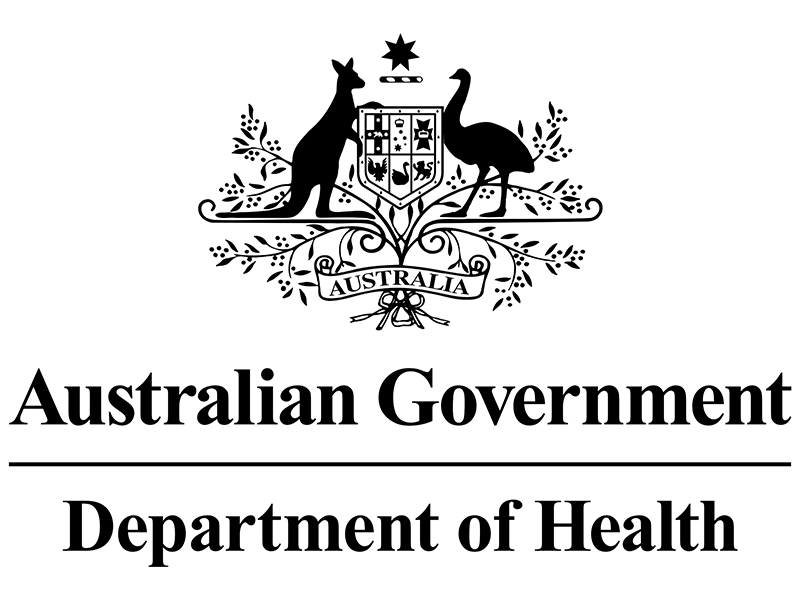Free CPD for Orthoptists
Macular Disease Foundation Australia (MDFA) has launched free CPD courses for orthoptists that have been developed with Australia’s leading retinal specialists, including world-renowned ophthalmologist Professor Paul Mitchell AO.
More than 1.4 million Australians have some evidence of AMD – the leading cause of irreversible severe vision loss and blindness in Australia – while between 300,000 and 400,000 Australians live with diabetic retinopathy – the leading cause of preventable blindness among people of a working age.
Healthcare professionals are at the frontline of patient interactions and have a valuable role in decreasing preventable blindness and in being an important part of the solution to reduce both the incidence and impact of macular disease.
MDFA’s courses include our specialist speaker series, webinars and self-paced learning aimed at improving the outcomes of macular disease.
Our self-paced courses include education on improving patient communication about macular disease and its impacts, managing and reducing modifiable risk, ensuring high-risk individuals have regular eye examinations, and giving health professionals the necessary information to link people diagnosed with macular disease with appropriate supports and services.
CPD Accredited Courses
-
Age-related macular degeneration
AOB Approved 4 CPD
Macular Disease Foundation Australia is providing this free education module for orthoptists with the support of the Commonwealth Government.
The course is aimed to increase awareness and knowledge of macular disease to enable early diagnosis and interventions.
The Age-related macular degeneration course comprises 2x 30-minute modules and 2x 15-minute quizzes, and aims to assist you to manage and reduce modifiable risk, and improve your communication with patients about macular disease and it’s impacts.
You will learn about linking patients diagnosed with macular disease with appropriate supports and services, and current best practice and strategies to recognise and encourage high risk individuals to have regular eye examinations.
-
Diabetic Eye Disease
AOB Approved 4 CPD
Macular Disease Foundation Australia is providing this free education module for orthoptists with the support of the Commonwealth Government.
The course is aimed to increase awareness and knowledge of macular disease to enable early diagnosis and interventions.
The Diabetic Eye Disease course comprises 2x 30-minute modules and 2x 15-minute quizzes, and aims to assist you to manage and reduce modifiable risk, and improve your communication with patients about macular disease and it’s impacts.
You will learn about linking patients diagnosed with macular disease with appropriate supports and services, and current best practice and strategies to recognise and encourage high risk individuals to have regular eye examinations.
-
Inherited retinal diseases
AOB Approved 2 points
In Australia, 1 in every 1500 children is born with an inherited retinal disease (IRD).
This self-paced course includes education on how to best detect and image IRD, key signs and symptoms about IRD and its impacts, managing and reducing modifiable risk, ensuring high-risk individuals have regular eye examinations, and giving health professionals the necessary information to link people diagnosed with macular disease with appropriate supports and services.
The IRD course comprises 2x 45-minute modules and 2x 15-minute quizzes.
-
Geographic Atrophy
Navigating the Changing Geographic Atrophy Landscape: A Guide for Clinicians
Recent advancements in clinical trials have shown potential new treatment options for people with geographic atrophy. Due to the pending arrival of these treatments in Australia, it is advised that clinicians provide appropriate counselling and/or non-urgent referral to ophthalmology for baseline testing of geographic atrophy in patients interested in new treatments. Macular Disease Foundation Australia has developed this Government funded guide covering an overview of geographic atrophy, including classification, risk factors, imaging, features associated with progression and an update on treatments.
This resource has been accredited by Australian Orthoptic Board for 1 CPD point.
Acknowledgements









